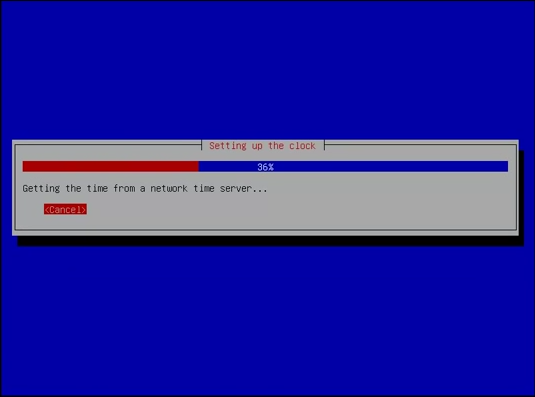

New method works with current versions of Windows.Problem with the 4 GiB max file size in FAT32.Wipe the first megabyte or the whole device.Expansion and imaging from a compressed image file.'mkusb/persistent' system in one single drive.dd image of iso file to USB device safely.Help selecting the correct target device.Warning about overwriting the target device.


Make sure to enable virtualization in the BIOS.(It can work with less RAM as well, but your system will start to lag while using Linux in the virtual machine.) A 25GB+ Free space is good for installing the latest version of Ubuntu. Windows system with at least 20 GB of free space.(You can also use some other computer with an internet connection to download these files.) Good internet connection to download software and Linux ISO.Ubuntu GNOME requires 4 GB of RAM to function properly, your system should have 8 GB to allocate 4 GB to the guest OS (Ubuntu) and keep 4 GB for the host OS (Windows). The virtual machines use your host OS’s system resources. I’ll use this terminology in the tutorial here. Your actual operating system is called host OS and the operating system you install in the virtual machine is called guest OS. Installing Linux inside Windows using VMWare In this tutorial, I will show how to install Ubuntu inside Windows using VMWare. You don’t have to make actual changes to the disk partition, no changes in the boot and Linux runs like any other application inside Windows. VMWare and similar virtualization software can be of great help. You may have to use Linux as part of the course curriculum, for some development tools (like Docker) or just for experimenting with Linux desktop before making the switch. And for a relatively better desktop experience, a VM is better. WSL and WSL2 might be easier but not everyone has access to them. Virtualization is a good way to try Linux from the comfort of Windows. This article covers a step-by-step guide on installing Ubuntu inside VMWare in Windows. Brief: Software like VMWare gives an easy option to try and use Linux inside Windows.


 0 kommentar(er)
0 kommentar(er)
